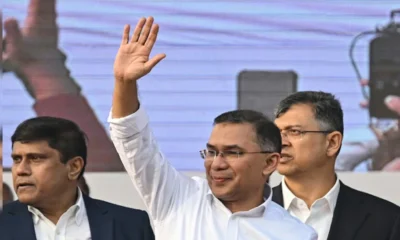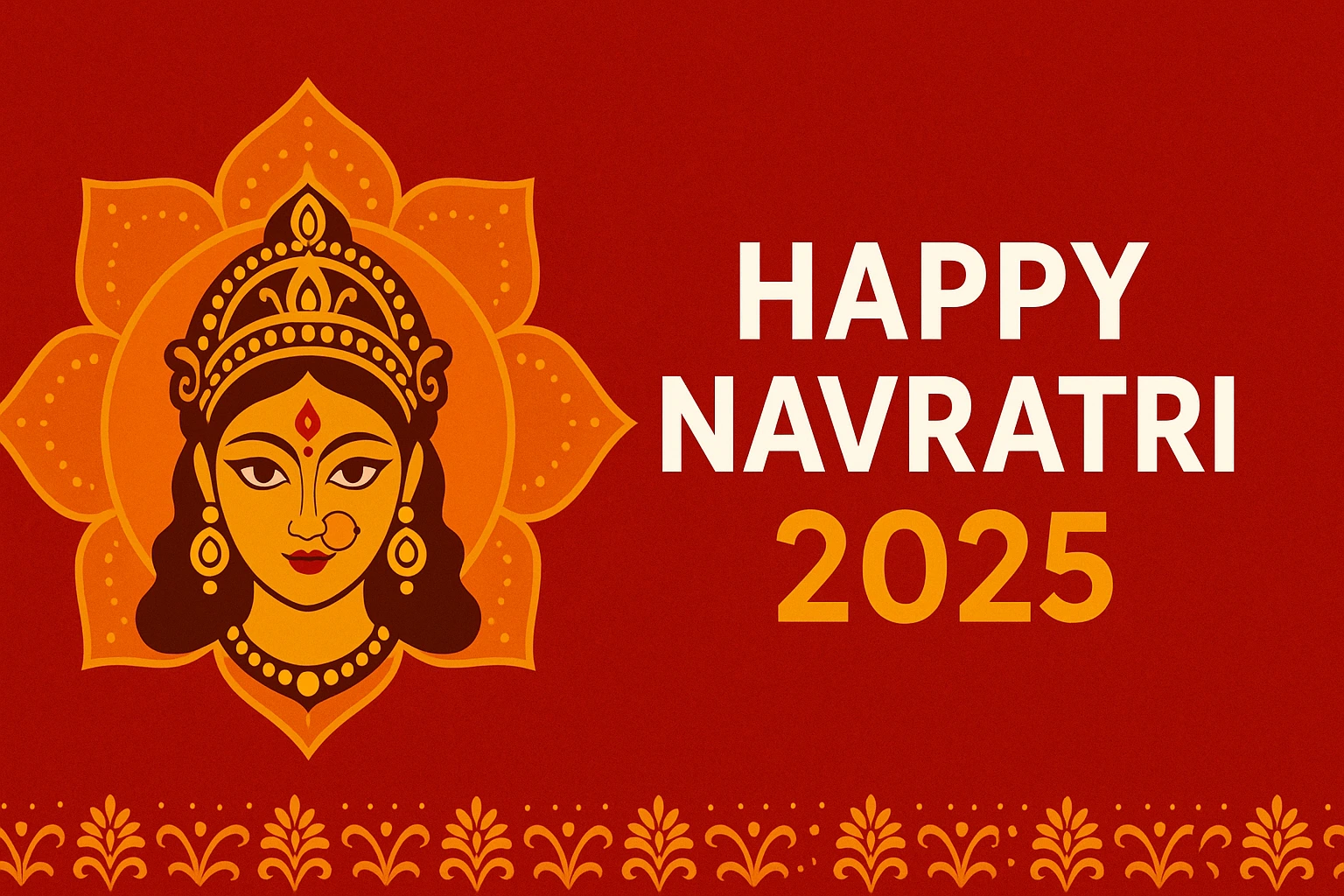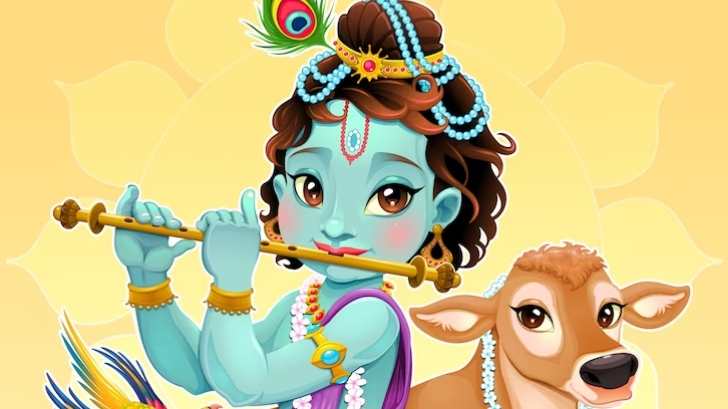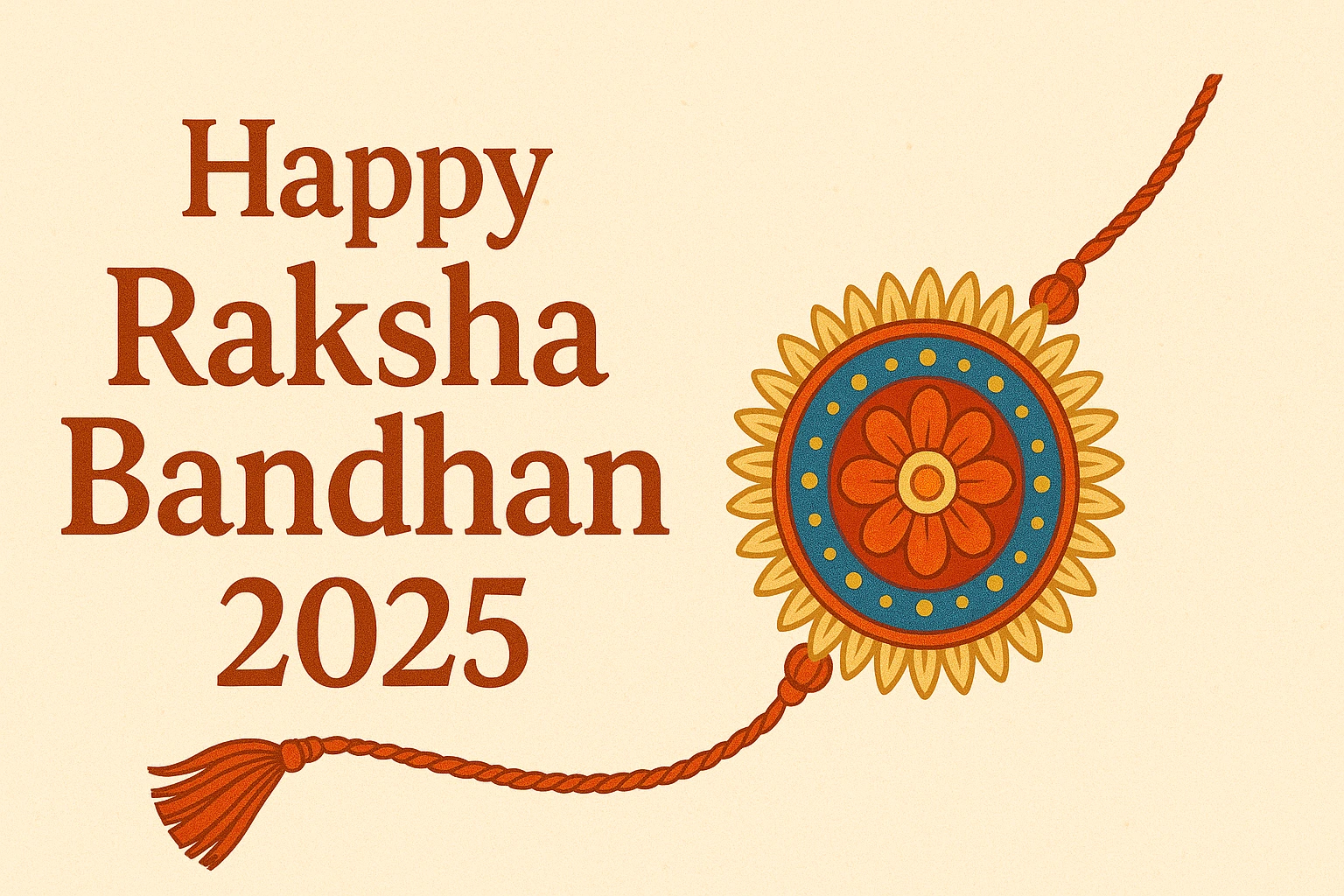Chhath celebrations have already begun. It is one of the major Hindu festivals celebrated in Bihar, eastern UP, and parts of Nepal. Chhath Puja, also called Surya Shashti, is a bathing festival that is followed by a four-day fast and period of ritual cleanliness.
It is celebrated six days after Deepavali, on the sixth day of the lunar month of Kartika (October–November) in the Hindu calendar, Vikram Samvat. This year, Chhath Puja will be celebrated on October 30.
To find out more about the festival, here are speeches and essays that will help you grab the top spot at the podium in the competition.
Chhath Puja is a four-day-long strict and spiritual observance. The first day of the Chhath Puja includes taking a dip in the holy river/any water body. People also take the water of the Ganges to their homes to perform special offerings and rituals. Houses are thoroughly cleaned on this day. The second day of Chhath, also known as Kharna, involves devotees observing a day-long fast, which is broken in the late evening after performing the worship of Mother Earth. The offerings to God include rice pudding (kheer) and fruits, which are distributed among family members and friends. The third day of Chhath goes into the preparation of the prasad (offerings) for the evening offerings, also known as Sanjhiya Arghya.
In the evening, large numbers of devotees gather on the banks of rivers and make offerings (Arghya) to the setting sun. The folk songs are played displaying the culture and history of Bihar. The night of the third-day witnesses a colorful event known as Kosi. A canopy is made from sugarcane sticks and lighted earthen lamps are placed inside the canopy along with baskets filled with prasad. On the fourth and final day of Chhath, family members and friends go to the banks of rivers before sunrise and make offerings (Arghya) to the rising sun. After this ritual, devotees break their fast and distribute Prasad to neighbors and relatives.
Chhath Puja is an antique festival of the Hindu religion which is dedicated to the Sun God. The exact origin of the Chhath festival is not known. In old days Purohits were requested to perform the traditional puja of the Lord Sun, by the kings. Ancient Rigveda texts and a variety of hymns for worshiping the Sun were chanted. Draupadi and the Pandavas celebrated the Chhath festival for solving their problems and regaining their lost kingdom. It is believed that Chhath puja was first performed by the Surya Putra Karna.
Another story is that Lord Rama and Sita performed Chhath Puja soon after returning to Ayodhya after their 14 years of exile. They kept fast and offer Puja to Lord Sun in Karthika month. After that, it became a significant and traditional Hindu festival.
Chhath is majorly celebrated in North India including the North East states. It is elaborately celebrated in some parts of Nepal. It is also celebrated in Mauritius, Guyana, Fiji, Trinidad and Tobago Suriname, and Jamaica. Chhath puja is celebrated on Kartika Shukla Shashthi, which is the sixth day of Kartika month in the Nepali calendar. This generally comes in the month of October/November in the English calendar. Chaiti Chhath is celebrated a few days after Holi, but it is not that significant.
There is a belief that if a family performs Chhath Puja, they should perform every year and the next generations also should perform this Puja. It is performed for four days in true spirit and one should sleep on the floor without any blanket. On the first day, devotees take bath in the Ganga River and bring home some water to prepare offerings. They will have one meal that day known as kaddu-bhat which is cooked by using bronze or soil utensils, and mango wood over the soil stove.
On the second day, they fast for the whole day. They offer prayers to the earth after sunset and break the fast. After their meal, they again fast for 36 hours without water. They offer the Sanjhiya Arghya at the ghat of the riverbank on the third day. In the evening they lit the lamp on top of five sugarcane sticks which represents Panchatattva. On the fourth day, they offer Bihaniya Aragh. Devotees will have Chhath Prashad and end the fast and festival.
Chhath, the festival of folk faith, is the main festival celebrated in our country. Chhath festival is held twice a year. For the first time it is celebrated on Shashti of Shukla Paksha of Chaitra month and second time on Shashthi of Shukla Paksha of Kartik month. Due to the celebration of Shashthi, it has been named Chhath Vrat. Among both, Kartiki Chhath is more popular. It is a festival of worship of Chhath Mata and worship of Sun. Mainly this festival is celebrated in Bihar, Jharkhand and Uttar Pradesh. Gradually this festival became popular in other cities of the country as well. This festival has become popular all over the world with the diaspora. It is celebrated with great pomp in countries like Nepal and Mauritius.
Chhath Mata is worshiped in this festival. Along with this, Argha is given to the sun with raw milk and water of the cow. This festival, which lasts for four days, begins with Nahay-Khaya. Kharna is performed on the second day. There is a tradition of offering Argha to the setting sun in the evening on the third day. Argha is offered to the rising sun on the fourth day i.e. on the last day.


 India News10 hours ago
India News10 hours ago
 Latest world news6 hours ago
Latest world news6 hours ago
 India News11 hours ago
India News11 hours ago
 India News10 hours ago
India News10 hours ago
 Latest world news3 hours ago
Latest world news3 hours ago
 India News10 hours ago
India News10 hours ago














